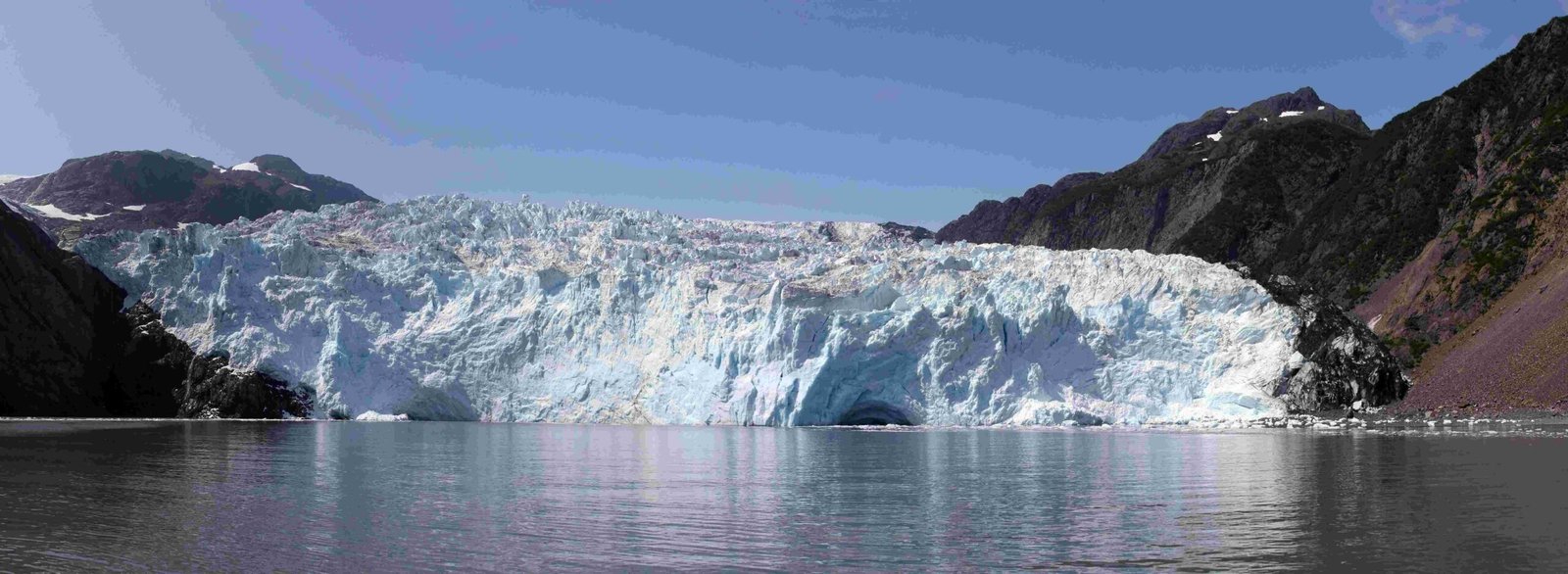Glacier National Park is not only a natural wonder but also a sacred land for several Native American tribes. The Blackfeet Nation, Salish Tribe, and Kootenai Tribe have deep historical and cultural connections to this area. These tribes have lived, hunted, and performed spiritual ceremonies in and around the park for thousands of years. Today, their rich heritage continues to influence the park’s cultural landscape, offering visitors unique insights into Native American history and traditions.
What Native American Tribes Are Associated with Glacier National Park?

The primary Native American tribes associated with Glacier National Park are:
- Blackfeet Nation
- Salish Tribe
- Kootenai Tribe
Each of these tribes has a unique history and relationship with the land that is now Glacier National Park.
Blackfeet Nation
The Blackfeet Nation has a particularly strong connection to Glacier National Park. They consider the park part of the ‘Backbone of the World,’ a sacred area used for:
- Hunting
- Fishing
- Spiritual ceremonies
- Vision quests
The Blackfeet were primarily nomadic hunter-gatherers, relying heavily on buffalo hunting and gathering other natural resources from the land. Their annual cycle included:
| Season | Activities |
|---|---|
| Spring | Root gathering in the mountains |
| Summer | Buffalo hunting on the plains |
| Fall | Berry picking and additional hunting |
| Winter | Seeking shelter in river valleys |
The Sun Dance celebration was a pivotal event in Blackfeet culture, bringing various bands together for spiritual renewal and social bonding.
Salish and Kootenai Tribes
The Salish and Kootenai tribes lived and hunted in the western valleys of what is now Glacier National Park. They are part of the Confederated Salish and Kootenai Tribes of the Flathead Nation. These tribes:
- Traveled east to hunt buffalo
- Have a rich oral history
- Maintain spiritual traditions of respecting the natural environment
How Can Visitors Experience Native American Culture in Glacier National Park?

Visitors to Glacier National Park have several opportunities to experience and learn about Native American culture:
-
Native America Speaks Program: Running since 1982, this program features presentations by Blackfeet, Salish, Pend d’Oreille, and Kootenai tribal members at various locations within the park.
-
Sun Tours: Offers guided tours of the park from the Blackfeet perspective, including trips along the Going-to-the-Sun Road.
-
Blackfeet Tours: Provides horseback trail rides and hiking tours that highlight the cultural significance of the area.
-
Cultural Events: Visitors can attend events like the North American Indian Days in July and the Heart Butte Celebration in August, featuring traditional dancing, drumming, and customary games.
What Cultural Sites and Museums Can Visitors Explore?
Several cultural sites and museums offer insights into the Native American heritage of the region:
Blackfeet Nation Sites
- Museum of the Plains Indian: Exhibits the creative achievements of North American Indian artists and craftspeople.
- Blackfeet Heritage Center & Art Gallery: Features exhibits, arts, crafts, and jewelry from 16 North American tribes.
- Blackfeet Trail Tour: A self-guided 70-mile route through the Blackfeet Nation, marked by roadside markers.
Salish and Kootenai Sites
- Flathead Indian Reservation: Encompasses 1.317 million acres, including parts of Flathead Lake and the CSKT Bison Range.
What Are the Challenges and Considerations for Visitors?
When exploring Native American cultural sites and attending events, visitors should be aware of the following:
-
Respect for Sacred Sites: Many areas within and around the park are considered sacred. Visitors should follow guidelines and avoid disturbing these sites.
-
Tribal Permits: Recreational activities on reservations often require tribal permits. These must be purchased before engaging in activities like hiking, fishing, or boating.
-
Access Restrictions: Some areas on reservations may be off-limits to non-tribal members. Visitors should respect these restrictions, which are usually marked with signage.
-
Cultural Sensitivity: When attending cultural events, visitors should participate respectfully, understanding the significance of the traditions and following any provided guidelines.
How Does Native American Heritage Influence Park Management?
The Native American heritage of Glacier National Park significantly influences its management:
-
Consultation: Park management consults with affiliated tribes on various issues, including resource management and interpretation of cultural sites.
-
Traditional Ecological Knowledge: The park incorporates traditional ecological knowledge in its conservation efforts, recognizing the value of indigenous practices in maintaining the ecosystem.
-
Cultural Preservation: Efforts are made to preserve and protect culturally significant sites within the park.
-
Educational Programs: The park offers various educational programs, like Native America Speaks, to share Native American perspectives with visitors.
What Future Initiatives Are Planned to Highlight Native American Culture?
Glacier National Park continues to develop initiatives to highlight Native American culture:
-
Expanded Interpretive Programs: Plans to increase the number and variety of Native American-led interpretive programs.
-
Collaborative Research: Ongoing collaborative research projects with tribal nations to better understand and preserve the cultural heritage of the park.
-
Youth Engagement: Initiatives to engage Native American youth in park activities and conservation efforts.
-
Cultural Center Development: Discussions about developing a dedicated cultural center within the park to showcase Native American history and traditions.
The Native American tribes in Glacier National Park have left an indelible mark on the landscape and continue to play a vital role in the park’s cultural and natural heritage. By exploring these rich traditions and histories, visitors can gain a deeper appreciation for the park and its first inhabitants.